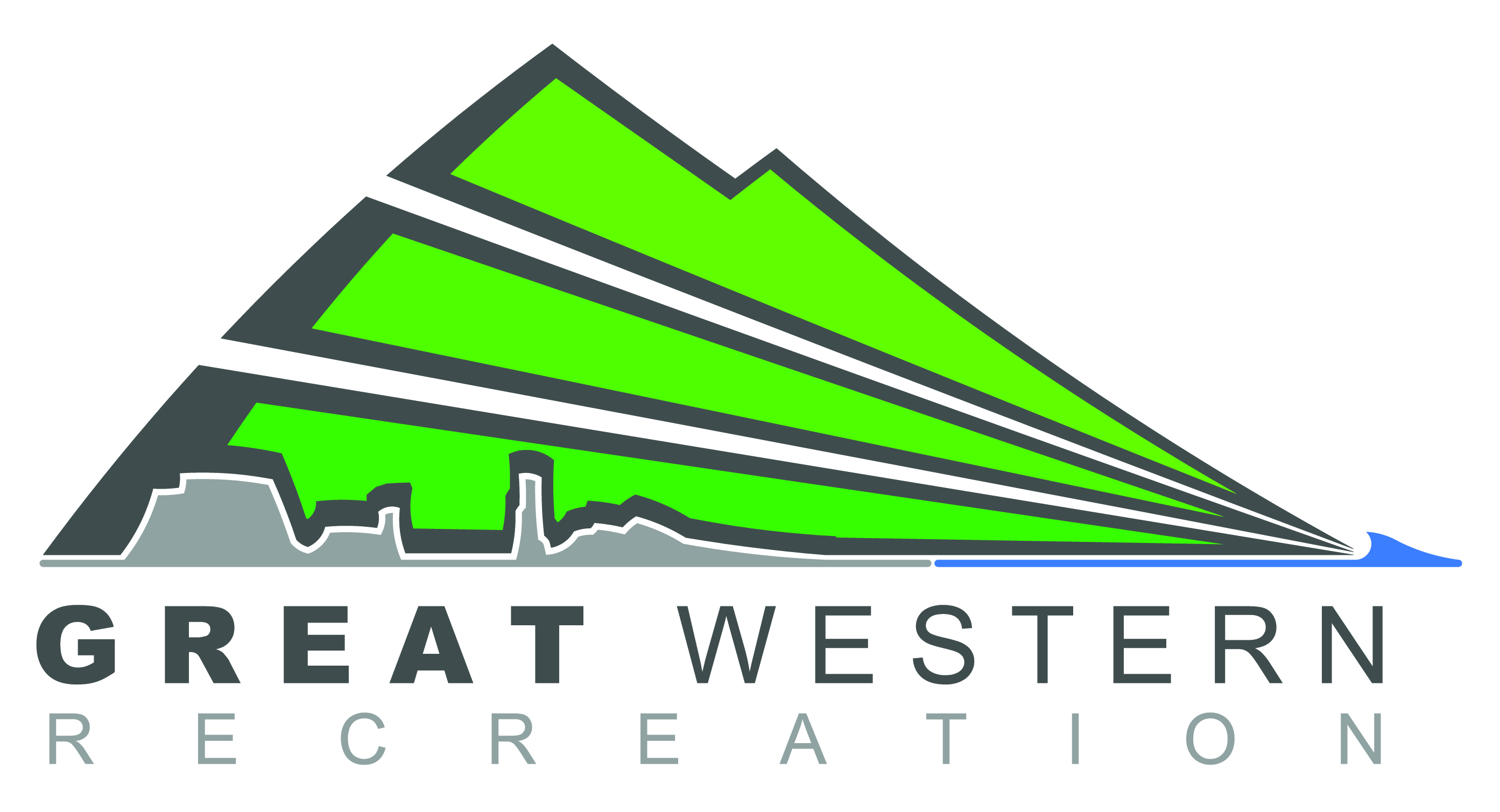Our HistoryThe Professional Organization of Landscape Architects in the State of WashingtonLandscape Architects have worked to maintain the professional organization and society of Landscape Architecture in the State of Washington for over fifty years. The first of several organizations, the Washington Society of Landscape Architects (WSLA), was formed in 1946. The WSLA was not affiliated with a nationally-based organization, and although there were members throughout the state, its focus was on the Puget Sound area. In the early 1960s, a local chapter of the then Boston-based American Society of Landscape Architects (ASLA) began evolving. In the 1970s, the American Institute of Landscape Architects (AILA), despite its name, was an “international” organization, but also had a local presence in the Pacific Northwest. These organizations met various needs in differing ways. Without a doubt, the landscape architects who were members of these organizations worked arduously to elevate the profession’s status in the state and succeeded on many levels. Washington State Landscape Architects (WSLA): The Foundation (1946 – 1970) On January 25, 1946, ten Seattle landscape architects began to meet at informal social gatherings to discuss the formation of a professional organization—the Washington State Landscape Architects (WSLA). Over the next few months, the name of the organization was selected, potential members contacted, goals defined, a constitution and by-laws formulated (based on those of the Association of Landscape Architects of the San Francisco Region), membership dues established ($5.00 per year), and officers elected. Early WSLA members and its first officers included: Cassius (Cash) M. Beardsley, President A stated goal of the WSLA charter was to establish a liaison with architects and engineers to collectively work toward professional registration in the state. In 1947, the WSLA hoped to ride the AIA’s coattails and achieve registration of landscape architects as part of an amendment to the Architects’ Registration Law before the state legislature at that time. However, the amendment did not occur. One of the other goals of the WSLA was to differentiate its members, those specifically educated in landscape architecture and/or practicing landscape architecture exclusively, from allied professionals. This goal was upheld throughout the life of the organization, despite the fact that no degree program in landscape architecture was offered in the state. Owners of nurseries, design-build firms, and landscape contractors were excluded. A section of the classified telephone book listing was headed by the Society name and the caption, “An organization of Professionally-Trained Landscape Architects. Specializing in Site Planning, Planting Plans, Construction Details, Supervision, and Construction.” The formation of the WSLA and the publicity surrounding the organization resulted in many requests for speakers from “groups interested in gardening.” It became apparent that the general public did not understand the difference between gardeners and landscape architects. Thus, a liaison was established between landscape architects and the nursery industry. The Washington State Nursery Association (WSNA) had been incorporated ten years earlier, in 1937. The WSLA members attended WSNA meetings and gave presentations to the group with the primary purpose of differentiating landscape architecture from the gardening industry. Similar to the professional registration legislature, it would be another 20 years before a landscape architecture department was established at the University of Washington. Members of the Society were frequently called upon to teach at the university, publicly speak on the profession, and occasionally had the opportunity to publish articles in local newspapers and magazines. Because of the exclusive nature of WSLA, there was never a large membership in the organization. For that reason, it remained mostly social in character, but this also meant that the work needed to be done by a professional organization was borne by only a few people. Until it was dissolved by a vote of the members in 1970, the WSLA expended immeasurable amounts of energy in promoting the profession. They promoted the hiring of “local” landscape architects rather than those from out-of-state. They wrote numerous letters to leaders in the state, from the governor on down to municipalities, urging that landscape architects be hired for public positions, be placed on commissions, and serve in more than an advisory capacity. They provided unsolicited critiques of projects and questioned land-use decisions. Until the title act registration eventually provided a legal mechanism to do so, the WSLA fought to make landscape architects professionally distinctive. Washington Section, Pacific NW Chapter of ASLA: The Title Act (1964 – 1969) In the 1940s and ’50s, a few Washington State landscape architects were members of both the WSLA and the American Society of Landscape Architects (ASLA). The ASLA, founded in 1899, but was primarily an East Coast establishment. However, on October 17, 1959, the constitution of the Pacific Northwest Chapter of ASLA was adopted by eleven landscape architects. Chapter officers were drawn from throughout the region of Washington, Oregon, Alaska, Idaho, and Montana, and a two to three-day chapter meeting was held annually. In 1961, the Washington and Oregon Sections of the Chapter were authorized. Eventually, Montana-Idaho and Alaska sections were added. The Washington Section was not activated until August 1964, when Robert Woerner was elected the first Washington Section Chair. The primary motivation for the section was to work on state licensing of the profession. The ‘Steering Committee for Bill Enactment’ was formed within the Washington Section which sought advice from ASLA colleagues in Oregon. Another group, the Inter-Society Committee for Registration, was formed to work with allied professional organizations. Also in 1964, the Board and International President of AILA approached Washington State landscape architects regarding the establishment of a chapter. In 1969, the AILA international convention was held in Seattle. Glen Hunt, President of the Cascade Chapter of AILA, was the conference chair. AILA was “international” primarily because of its many Canadian members. Joining the WSLA to work towards state licensure was also the Association of Landscape Architects – Washington (A-LAW), an organization formed in 1964 specifically to promote licensure. A-LAW was the successor to the Joint Committee for State Registration of Landscape Architects, which organized earlier licensing attempts in 1957 and 1959. Its membership drew from all groups and was disbanded following the passage of the licensing legislation. Washington’s landscape architects were finally successful in their efforts to obtain a professional licensure law when a title act became effective on August 11, 1969. WSLA, AILA, and ASLA: The Consolidation (1969 – 1970) Some people thought the initiation of registration in the state eliminated, or at least reduced, the need for a professional organization and therefore membership fell. While this may have been a cause to a certain extent, in Washington, the viability of landscape professional organizations was influenced more by the fact that, in 1969, there were three organizations drawing members from the landscape architectural community and attempting to function separately. In addition to the WSLA, both the Washington Section of the Pacific Northwest Chapter of ASLA and the Cascade Chapter of the American Institute of Landscape Architects (AILA) were active in Washington. The difficulty of organizing a small profession when there were so many groups became apparent. In 1969 and 1970, discussions were held among members of all three organizations about consolidation. Interest in the WSLA was waning, so the primary debate was which organization—ASLA or AILA—had more to offer members in terms of resources. The standards of the ASLA were thought to be higher, although there was discontent with the national organization. From the 823 responses to a management study commissioned by the ASLA in 1969, only 15 members felt ASLA was “doing a good job.” Also, the ASLA was still basically an “East Coast” organization. Pacific Northwest Chapter Trustees reported on the 1969 Executive Board of ASLA with the comment that none of the Board members were “from west of Pennsylvania.” In May 1970, members of the WSLA voted to disband. ASLA subsequently offered reciprocal membership to AILA members. In 1971, the Pacific Northwest Chapter hosted the ASLA Annual Meeting in Portland, Oregon. Washington Chapter of ASLA: Birth of the Chapter (1973 – 2000) In 1973, the Pacific Northwest Chapter of ASLA was divided into the chapters of Washington, Oregon, and Montana-Idaho. The fourth section, Alaska, became a chapter in 1976. The beginning years started off with low membership and member engagement the Washington Chapter of the ASLA (WASLA) that nearly caused the chapter’s demise. In 1978, however, a few dedicated landscape architects rallied together, and with the leadership of Richard Carothers as WASLA President, the chapter was revitalized. Carothers organized the first chapter awards banquet, which was a big success and provided a strong financial base to support chapter programs and activities. He continued as president the next year and focused on chapter visibility and membership growth. The 1979 Awards Banquet, even more successful than the first, increased interest in the chapter. Fred Beck, who became president in 1980, continued to focus on key goals. Twelve active committees were formed, and for the first time, all landscape architects in the state were contacted regarding membership in WASLA. The chapter was rewarded for these years of energy by winning the ASLA President’s Cup in 1980. The 1980s were marked by several highlights. Len Zickler, became the first Eastern WA liaison (Member-At-Large), actively represented the eastern part of the state and participated board meetings and scheduled events in Seattle. Zickler also became the Chair of the Education and Scholarship Committee, which helped facilitate and plan the Chapter Awards program. Under his and the board’s leadership, including Don Benson, they successfully initiated fundraising for student scholarships and expanded the idea for the Scholarship Banquet to be held annually in a formal setting, which included dinner and the presentation of awards. This event included an auction that helped raise upwards of 15 thousand dollars for student scholarships. [DK4] Items for the auction were often provided by generous sponsors from local manufacturers and regional vendors. Another planned yearly event that was memorable and fun was the Halloween Party [DK5] evening social, a time for chapter members to gather and socialize amongst their peers. This started in the mid-1980s and continued strong into the 1990s. In 1986-88, WASLA members participated, with Ploughshares and the Seattle/Tashkent Sister Cities Committee, in the design and construction of the “Tashkent Peace Park” in Tashkent, Russia. Also, in 1988, during Valerie Batey’s presidency, the WASLA hosted the ASLA Annual Meeting. The WASLA entered the 1990s as an energetic organization concerned with environmental issues and professionalism. Active members, including Don Benson, Len Zickler, Dave McNeil, Becca Hanson and Kenichi Nakano, continued to lead the Chapter. Zickler continued to lead and assist with the Awards Program and Hanson with the yearly Scholarship Auction. Hanson also served on the Continuing Education Committee and helped organize the first LARE Review sessions with Jestena Boughton. Towards the end of the 1990s, Benson became acting President. This era was unfortunately marked by financial difficulty, brought about by a economic recession and subsequent reduction in membership and programs. Benson helped guide the chapter out of this financial challenge. He hired the first Chapter Administrator. Expenses and liquidity issues were eventually resolved, but it took time and perseverance before the Chapter regain financial stability and a solid foundation heading into the 2000s. Washington Chapter of ASLA: The Practice Act (2000 - 2010) The 2000s were marked by measured growth in the chapter as the economy began to recover and membership increased to an average of 400 members, making WASLA one of the top ten national chapters in membership. An initiative that Benson kickstarted in the late 1990s, The National Park Charrettes, continued to flourish. The yearly-held charrette assisted with raising the visibility of the Washington State Chapter as well as the profession of landscape architecture. The charrette helped communities with little or no state funding to envision new cultural, recreational, and natural resource conservation amenities for their cities and counties through the assistance of the National Park Service – Rivers, Trails and Conservation Assistance program. The ultimate success of the charrette led to other places throughout the U.S. duplicating this process. Don Benson and chapter president Curtis LaPierre regularly met with Senator Ed Murray and state officials and advocated for Landscape Architects in Washington State which spearheaded the establishment of the Practice Act in Washington, RCW Chapter 18.96, effective date July 1, 2010. Refocusing on the chapter’s connection with students also took precedence. Len Zickler helped orchestrate juries for undergrad and grad students at the University of Washington and Washington State University through the mid-2000s in an effort to connect with future chapter members. The 2000s also welcomed the change from a paper newsletter to a digital newsletter for the first time. An archive of paper newsletters was donated by Duane Dietz to the UW archives and resides in the library under Alan Michelson’s stewardship and is available for review by members. Washington Chapter of ASLA: Growing the Profession (2010 - present) The 2010s were marked by further progress with active leadership and membership. Notable cultural and business advancement arrived with an increase in the inclusion of women in leadership roles both in the profession and as leaders in the chapter. UW Professor Thaisa Way, FASLA encouraged members to think about how ASLA and WASLA could bring more women into the fellowship process and as visible leaders in the state. Both she and Julie Parrett were instrumental in nominating several notable women landscape architects for fellowship and encouraging them to apply. Before 2011, there were two women Fellows. In the years between 2011-2020, there have been 11 women from the state inducted. As of 2021, there are 32 Fellows from Washington, bringing the total representation of women to 38%, a noteworthy achievement. Year 2015 marked the first time a WASLA conference was held east of the Cascades, and was coined the “Meet in the Middle” conference. Since then, the WASLA annual conference location has been switching between east and west of the Cascades, making the event more accessible and inclusive of the Washington State’s entire landscape architecture community. Also in 2015, WASLA began to hold Award banquets and State Conference on a yearly basis. Previously they were held on alternating years. In 2018, WASLA signed the Memorandum of Understanding with the National Parks Service, extending a many-year partnership providing volunteer design and charrette services to rural communities in the state, focusing on site design of open space, trails, and recreation areas. WASLA hosted a State Advocacy Day held in Olympia, WA for the first time in 2019. A group of WASLA volunteers and board members traveled to State Capitol to meet with state representatives and legislators to discuss the importance of maintaining licensure for Landscape Architects. This followed several threats to licensure from a bill written by Representative Manweller back in 2017 to eliminate licensure for Landscape Architects, in addition to several other professions. Throughout the 2010s, the chapter increased involvement with the design community, participating and supporting social events, trivia nights, firm happy hours, in addition to special speaker and panel events. The chapter increased involvement with both landscape architecture programs at University of Washington and Washington State University, supporting students through academic scholarships and providing stipends for attendance at the ASLA national conference and EXPO. Membership reached an all-time high at over 400 members making WASLA one of the larger chapters in the country. The hopes of the WASLA for the future are high as we strive to set and meet new goals each year, including hosting the national ASLA Conference and EXPO in 2022. Known WASLA Past Presidents List
Text Credits: 1997 - Elizabeth Rivers, Dan Gilchrist |





